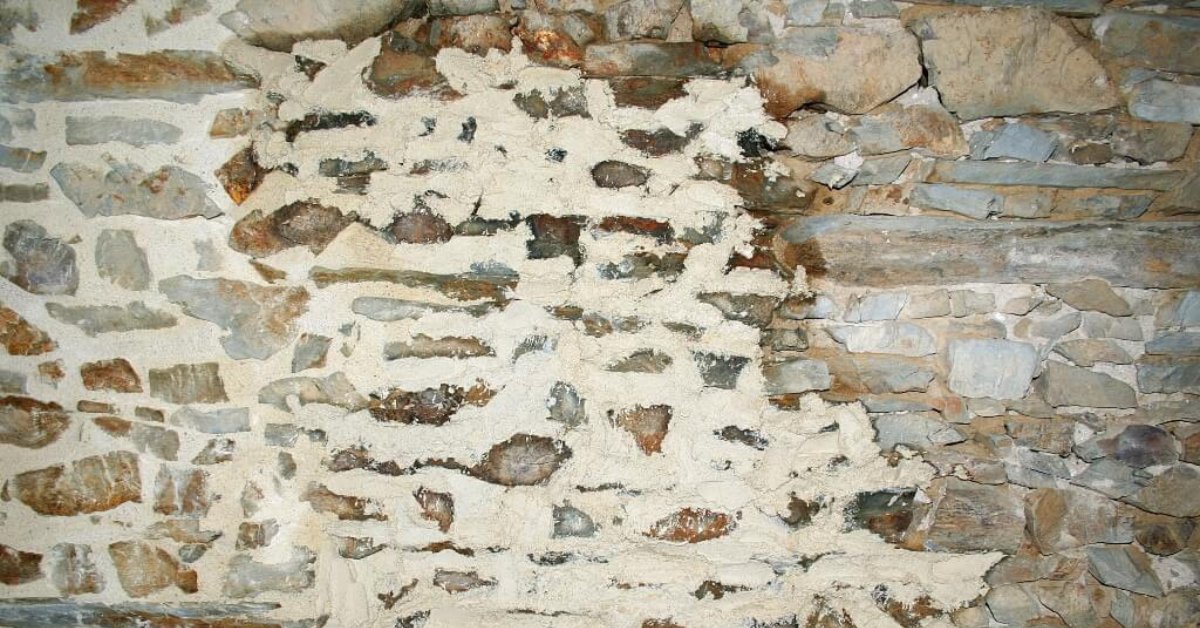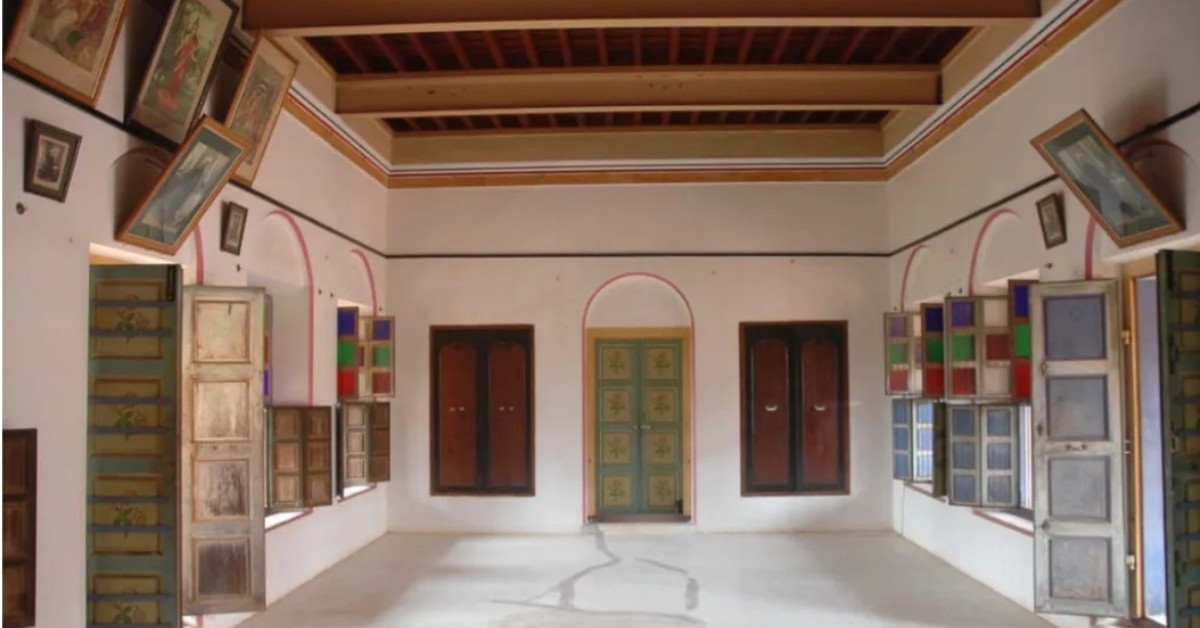Why More People Are Replacing Cement with Lime Plaster in Indian Homes
Think back to the last time you visited an old Indian home — a haveli in Rajasthan, a Chettinad mansion in Tamil Nadu, or even a village house in coastal Kerala. Remember how cool and calm it felt inside, even without fans or air conditioning?
That comfort wasn’t accidental. It was built into the walls themselves.
For centuries, Indian homes used natural, climate-responsive materials like mud, wood, and lime plaster. These materials didn’t fight the weather — they worked with it. Today, as cement homes crack under heat and humidity, it might be time to bring some of that wisdom back.
Lime plaster: India’s age-old, climate-smart secret
Lime plaster is a traditional mix of calcium hydroxide and sand, sometimes enhanced with natural additives like jaggery, fenugreek seeds, or bael fruit. This humble blend formed the skin of our homes for generations—from palaces and forts to temples and village homes.
A great example is the Thirumalai Nayakkar Mahal in Madurai. Its lime-plastered halls stay naturally cool, even during peak summer. There’s no AC, no fancy insulation—just good design and timeless materials.
So what changed?
After Independence, cement became the go-to material. It promised speed, strength, and modernity. But with those promises came problems.
Cement doesn’t breathe. It traps heat. It can crack easily under seasonal stress. Over time, moisture seeps in, leading to damp walls, peeling paint, and even structural issues. And let’s not forget: cement production is one of the biggest contributors to carbon emissions globally.
 Lime plaster’s natural, rustic aesthetic makes it perfect for traditional buildings. Picture credits: abdrylining.com
Lime plaster’s natural, rustic aesthetic makes it perfect for traditional buildings. Picture credits: abdrylining.com
Why lime plaster deserves a comeback — especially now
As India faces record-breaking heat and the need for greener living, lime plaster offers a quiet, powerful solution:
1. It keeps homes cool
Lime reflects sunlight and helps regulate temperature. It doesn’t trap heat like concrete, which means cooler interiors even during intense summers.
2. It breathes
Lime allows moisture to escape. This reduces dampness, bubbling paint, and mould—a huge benefit in humid or coastal areas.
3. It doesn’t crack easily
Unlike rigid cement, lime expands and contracts with temperature shifts. That flexibility means fewer cracks and repairs.
4. It’s better for the planet
Lime requires less energy to produce, and it absorbs carbon dioxide as it sets. It can also be recycled, making it a win for sustainability.
5. It revives Indian craftsmanship
Using lime supports traditional artisans and brings back aesthetic richness to modern homes. It’s a way of reconnecting with India’s architectural heritage.
 Old Chettinad palaces with lime plaster on the walls made by grinding three portions of sand and one portion of limestone. Picture credits: 30 Stades
Old Chettinad palaces with lime plaster on the walls made by grinding three portions of sand and one portion of limestone. Picture credits: 30 Stades
How you can bring lime back into your own home
You don’t have to rebuild from scratch to benefit from lime. Here are a few simple, practical ways to start:
Talk to your contractor or mason
Ask if they have experience with lime plaster. Many skilled masons and artisans still use it for restoration or eco-building projects.
Try limewash paint for interiors
Lime-based paints are breathable, anti-fungal, and naturally cooling. They come in subtle, earthy shades and can be used on both interior and exterior walls.
Start small: where to use lime at home
Lime plaster works beautifully in spaces that need thermal comfort or moisture control. Try it in bedrooms to reduce heat, in kitchens and bathrooms to combat dampness, or even on balcony walls that get direct sun.
Planning a renovation? Choose lime over cement
If you’re redoing walls, lime is a sustainable, low-maintenance alternative that gets better with time.
 Indian plasters are diverse, ranging from traditional mud and lime plasters with natural additives to more modern cement and gypsum plasters. Picture credits: Thannal.com
Indian plasters are diverse, ranging from traditional mud and lime plasters with natural additives to more modern cement and gypsum plasters. Picture credits: Thannal.com
Resources to explore
- Organisations like INTACH and Centre for Science and Environment often promote lime-based heritage practices.
- Eco-building collectives such as “Made In Earth” (Bengaluru) or “The Earth Home” (Goa) offer consultations, materials, or workshops.
- For paints, look up brands offering limewash or mineral paints like LimeCoat or Back to Earth.
Rediscovering lime plaster isn’t about looking back with nostalgia. It’s about moving forward with insight. As our homes heat up and cement shows its limits, lime gives us a way to build that’s cooler, healthier, and more aligned with the planet.
Maybe the future of Indian homes doesn’t lie in something new, but in something ancient—quiet, resilient, and wise.
Edited by Khushi Arora
News